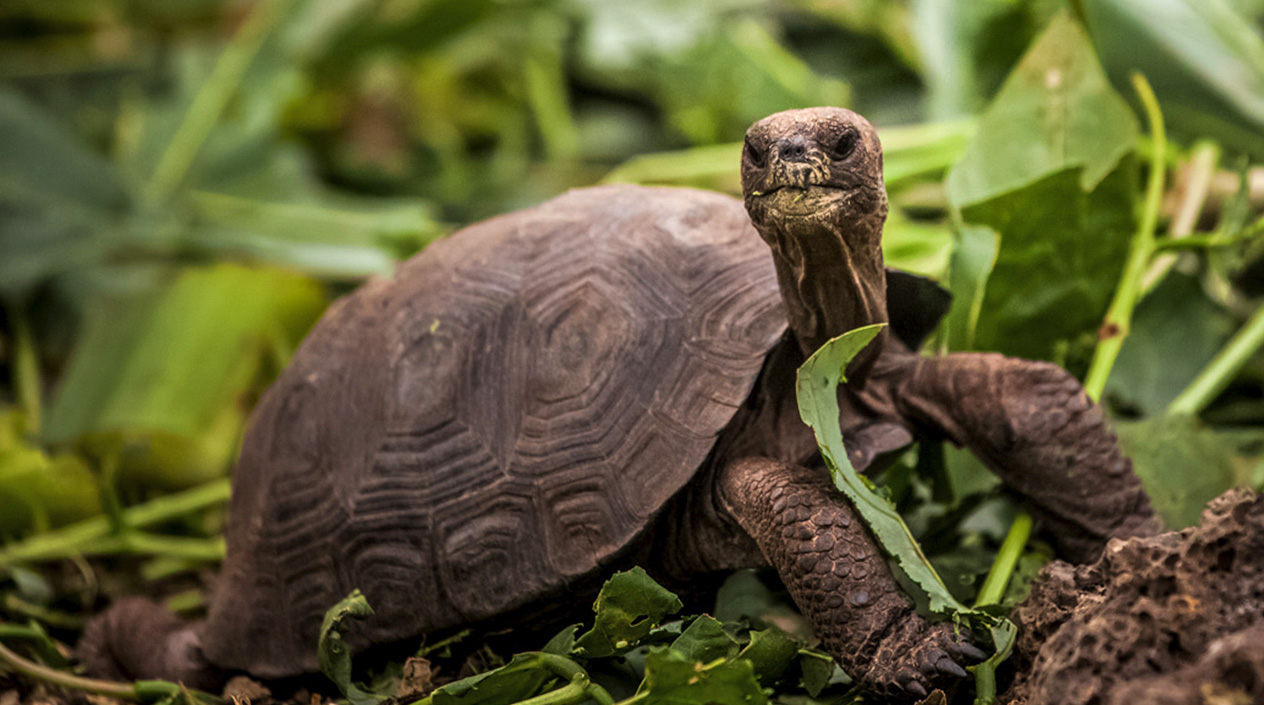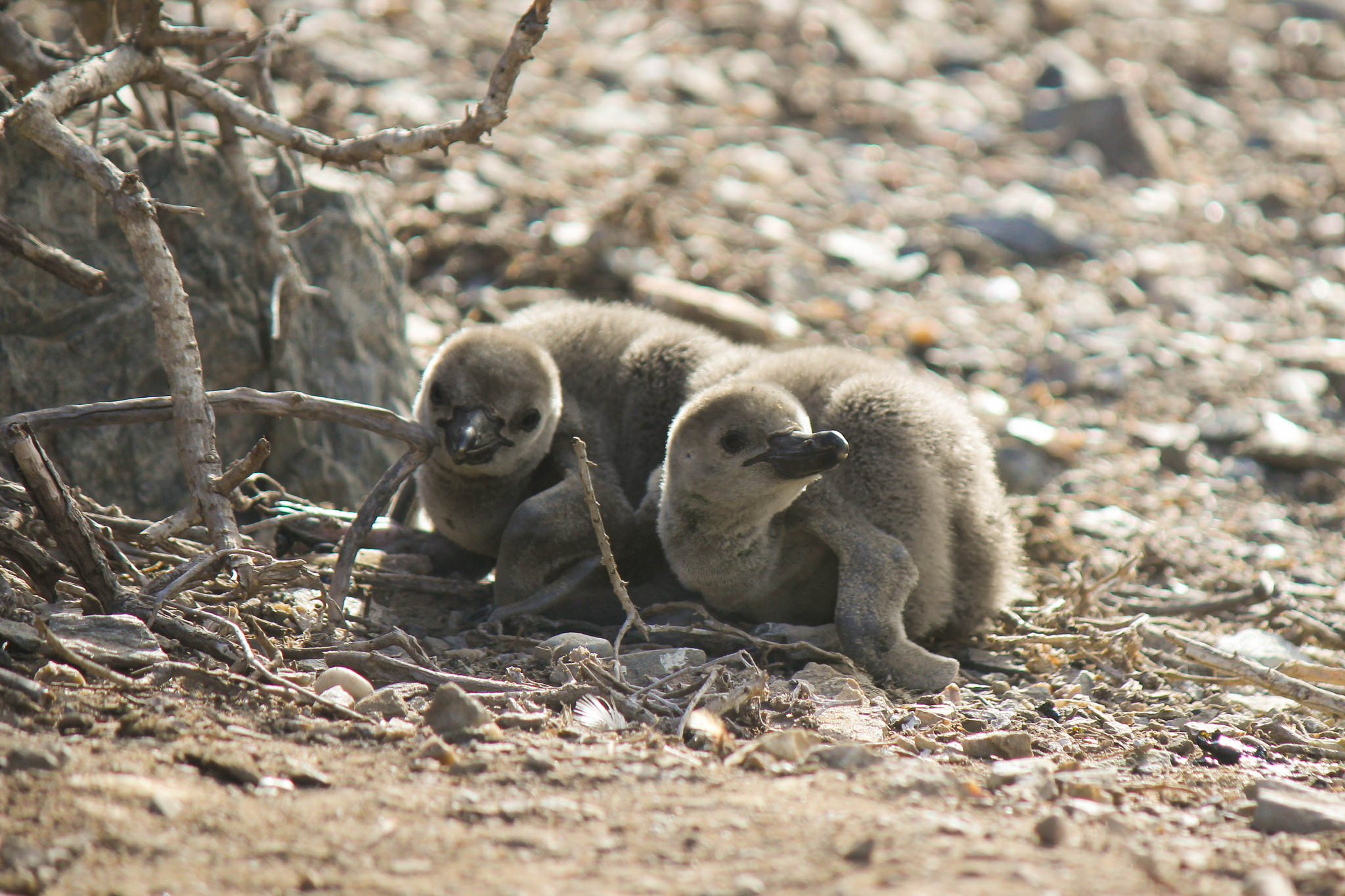March 11, 2025
Press Release: New eDNA Tool Can Detect Invasive Rodents Within an Hour
New environmental DNA technology can help protect vulnerable island ecosystems from destructive invasive species.
We use cookies to help you navigate efficiently and perform certain functions. You will find detailed information about all cookies under each consent category below.
The cookies that are categorized as "Necessary" are stored on your browser as they are essential for enabling the basic functionalities of the site. ...
Necessary cookies are required to enable the basic features of this site, such as providing secure log-in or adjusting your consent preferences. These cookies do not store any personally identifiable data.
Functional cookies help perform certain functionalities like sharing the content of the website on social media platforms, collecting feedback, and other third-party features.
Analytical cookies are used to understand how visitors interact with the website. These cookies help provide information on metrics such as the number of visitors, bounce rate, traffic source, etc.
Performance cookies are used to understand and analyze the key performance indexes of the website which helps in delivering a better user experience for the visitors.
Advertisement cookies are used to provide visitors with customized advertisements based on the pages you visited previously and to analyze the effectiveness of the ad campaigns.
Looking to make an impact this Earth Month? Here’s how.

A new partnership between conservation groups is setting out to protect wildlife and restore ecosystems on Australian islands.
25 February 2016: For Immediate Release
Resources: Photographs, Interviews
Contact: Heath Packard, Island Conservation; heath.packard@islandconservation.org; +1-360-584-30051
Jaana Dielenberg, Invasive Species Council; jaanadielenberg@invasives.org.au; +61 413 585 709
The partnership, announced today at the 4th Island Arks Symposium on Norfolk Island, will see Island Conservation and the Invasive Species Council combining forces. The two groups will work on projects with local islanders to remove introduced invasive pest species like rats, rabbits, ants, and cats to save important native wildlife.
Around one-third of Australia’s threatened animal species call islands home. Many island species are found nowhere else in the world. For some animals which are now extinct on the Australian mainland, islands are their last refuge. Islands are essential to marine turtles and seabirds existence.
“Australia has a sad history of invasive pest animals like introduced black rats decimating native sea bird colonies on islands,” said Andrew Cox, CEO of Australia’s Invasive Species Council, who is part of the alliance.
“More recently, yellow crazy ants have disrupted Christmas Island’s ecosystem by killing millions of the island’s iconic red land crabs and contributing to the loss of Australia’s two most recent animal extinctions.
“Whilst the Invasive Species Council is primarily interested in preventing new pest species from establishing in Australia, we can see an incredible opportunity to conserve some of Australia’s most unique ecosystems by working with Island Conservation.”
Island Conservation is the only global conservation organisation whose sole mission is to prevent extinctions by removing invasive species from islands.

“Island Conservation has a solid track record of working with local groups to plan and undertake pest eradication projects on islands across the world to preserve endangered species,” said Ray Nias, Island Conservation Southwest Pacific Regional Director.
“We have already successfully eliminated invasive species from more than 50 islands protecting 994 populations of 389 different native species, including 57 seabird species.”
“Australia recently completed one of the world’s most important island eradications on Macquarie Island. The removal of invasive rabbits and rodents resulted in the recovery of the islands ecology and numerous seabird species. We are hoping to encourage communities and governments to replicate these efforts on other Australian islands,” said Mr. Cox. “Governments will always have a key role to play in conserving our island wildlife, but this innovative new partnership will allow our organisations to accelerate work to protect threatened island species,”
“Our funding comes from donors. This allows us to act far more quickly than government often can. We’re now looking for new donor-partners to help support the Australian islands partnership.

About Invasive Species Council
The Invasive Species Council was formed in 2002 to campaign for stronger laws, policies and programs to keep Australian biodiversity safe from weeds, feral animals and other invaders. The Invasive Species Council is a not-for-profit charitable organisation with a board, about 200 members and over 1,000 supporters. The organisation is incorporated in Victoria and registered with the Australian government as a charitable institution and a deductible gift recipient.
About Island Conservation
Island Conservation (IC) is our world’s only global, not-for-profit conservation organization whose mission is to prevent extinctions by removing invasive species from islands. We work where the concentration of both biodiversity and species extinction is greatest – islands. Removing a primary threat – introduced invasive vertebrates – is one of the most critical interventions for saving threatened plants and animals and restoring island ecosystems. Once invasive species are removed, native island species and ecosystems recover with little additional intervention. Over the past 20 years, Island Conservation and partners have deployed teams to protect 994 populations of 389 species on 52 islands. IC is headquartered in Santa Cruz, CA with field offices in Australia, British Columbia, Chile, Ecuador, Hawaii, New Zealand, and Puerto Rico.
Featured Image: Christmas Island’s forests are changing due to the loss of millions of the Islands red land crabs, which were decimated by invasive yellow crazy ants. Photo: Peter McKiernan | Flickr | CC licence 2.0
Check out other journal entries we think you might be interested in.
Notifications